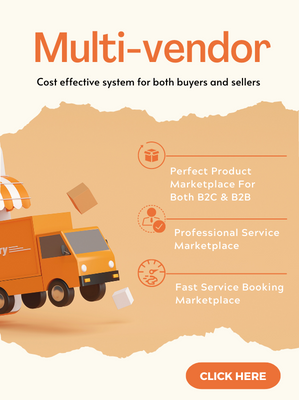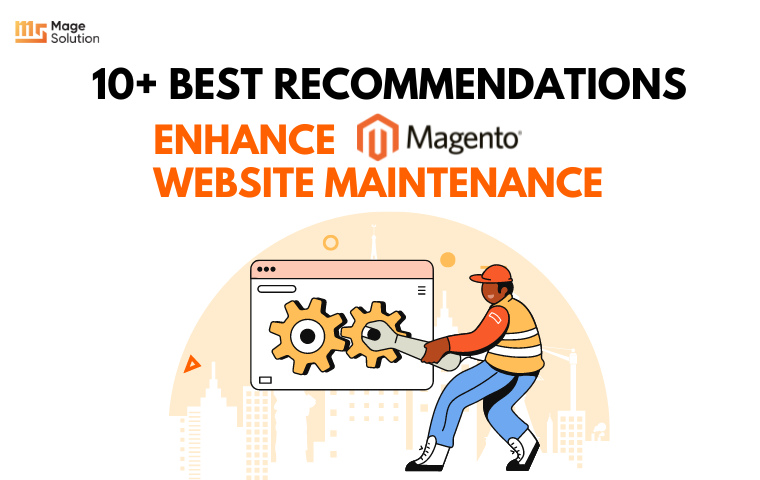The website is the most worthwhile inbound marketing asset for your medical practice. Potential patients can use your website to make assumptions about the credibility of your brand and the quality of service you offer. However, not all websites are created equally, and there are a number of website design problems that could actually turn away potential patients. Here’s a look at medical website problems commonly made by doctors or their web agencies.
1. Poor loading speed
There is nothing worse than owning a medical website that doesn’t load fast enough. All of the hard work that you have put into developing and designing your website will be meaningless if your web pages take forever to load. Some common reasons for poor loading speed are cheap web hosting, bloated code and non-optimized images, unnecessary plugins and scripts.

2. An unattractive or unprofessional Site
The better your site looks, the more prospective patient will want to visit it — and the more trustworthy your practice will appear. Within the first few seconds of landing on your site, visitors need to find the information they’re looking for and be compelled to take action. You can encourage them to do this by:
- Add case studies and testimonials from real patients
- Show detailed information about your staff and services
- Using forms or buttons that help patients to request a consultation or book an appointment
- Avoid using page elements like auto-playing video or audio: Not only is this distracting, it can also cause pages to glitch or freeze while loading.
- Avoid using cheap and simplistic template websites. If you want to appear as the very best to prospective patients, then hire website development experts the very best to make you look that way!
3. Not updating information
Outdated information is meaningless. Everybody will neglect it. Worse yet, they will hate it. In a world where people breathlessly link each other to Facebook articles about medical affairs, it is critical to ensure your medical website features the latest information about your areas of specialty. This reassure prospective clients that your practice will provide them with the best possible care backed by cutting-edge research and a regular renewal of your knowledge of what ails them. In addition, your website is much more likely to be shared on social media by your patients, which is great for business.
4. Not having a patient portal
Patients hope all their health data to be smoothly accessible through their provider’s website. Not using a patient portal on your medical website can be an enormous negative and may cost you in the long term. Patient portals are improving healthcare for people and are an essential function on your website.
5. Not having secure payment capability
No matter whether you are selling things online or not, it is important to have a secure website. A bad websites with the lack of an secure certificate and a dedicated payment processor could be the major culprit which cause missing potential leads. You can make your patients pleasant by ensuring a secure way for them to make the payments on your website. Besides, the patients should be able to have secure communication with their physicians.
6. Use lots of difficult jargon
Make sure you are not throwing out lots of specialized medical concepts that only doctors will understand. Prospective patients respond much better to a website that is designed more like a magazine or brochure. Try explaining medical difficult jargon as if you are talking to a 5th grader. The Simplicity is always the successful key.
7. Not handling insurance & financial policies
Patients are bound to have questions about insurance coverage and financial policies but many medical websites neglect or avoid this topic
8. Not adequately serving your current patients
Your medical website isn’t just a tool for attracting new patients — it’s also a great tool to nurture existing customer relationships. Tools like patient portals, information about surgical complications, and additional resources should be usable to improve your existing patient relationships
9. Unclear calls to action
The purpose of having a medical website is to get new patients to take the next desired step on your medical website. Make sure your CTA is clearly displayed, brief and tells visitors exactly what to do. For example, a button visitors can click to make an appointment or a form they can fill out to ask a consultation
HOT!! The version 2.0 of Claue– The best selling Magento Theme have been released
Claue – Clean, Minimal Magento 2&1 Theme is an excellent template for a modern and clean eCommerce store with 40+ homepage layouts and tons of options for shop, blog, portfolio, store locator layouts and other useful pages. Claue version 2. 0 has been released with a bunch of performance improvements and exclusive features including:
- Being based on Luma theme.
- Meet all standards of Magento Theme
- Significant performance improvement
- Compatible with most third-party extensions.
- Fully compatible with Magento 2.4.x
This second advanced version completely differentiates from its previous one. Thus, if you are using Claue version 1 and want to update to Claue version 2, you can only rebuild a new website no rather than updating from the old version. View Demo
10. Lack of patient reviews
If you’re not currently collecting patient reviews, change this by sending automated patient satisfaction surveys that ask patients to share their feedback about your practice. Then, feature that feedback on your site. This will make your practice appear more credible and trustworthy.
11. Not Embracing Search Engine Optimization
Medical websites that aren’t SEO-optimized won’t show up in search engine results when patients use Google, Bing or another engine to look for a provider. Every thing is effectively meaningless if no one is able to find it in the first place. Because of this, make sure your medical website design is SEO-friendly by using elements such as meta descriptions, keywords and page titles. Besides, SEO is about improving your online location. To learn more about local SEO, you should keep reading more about: How to make the use of local SEO for your e-commerce website
Wrapping up
Your medical website design is very important to create a good first impression, but don’t forget about the other parts of it. You need a laconic, understandable copyright and social media buttons, have a responsive website. We hope this article were useful and helped you to solve some common problems on your medical website
Besides, if you are looking out for a cost effective Magento package for your eCommerce store, then look nowhere other than Magesolution. We not only offer an affordable Magento Development Package for all size and budget but also ensure that it helps your online business grow and sustain. Contact us for a free consultation!




